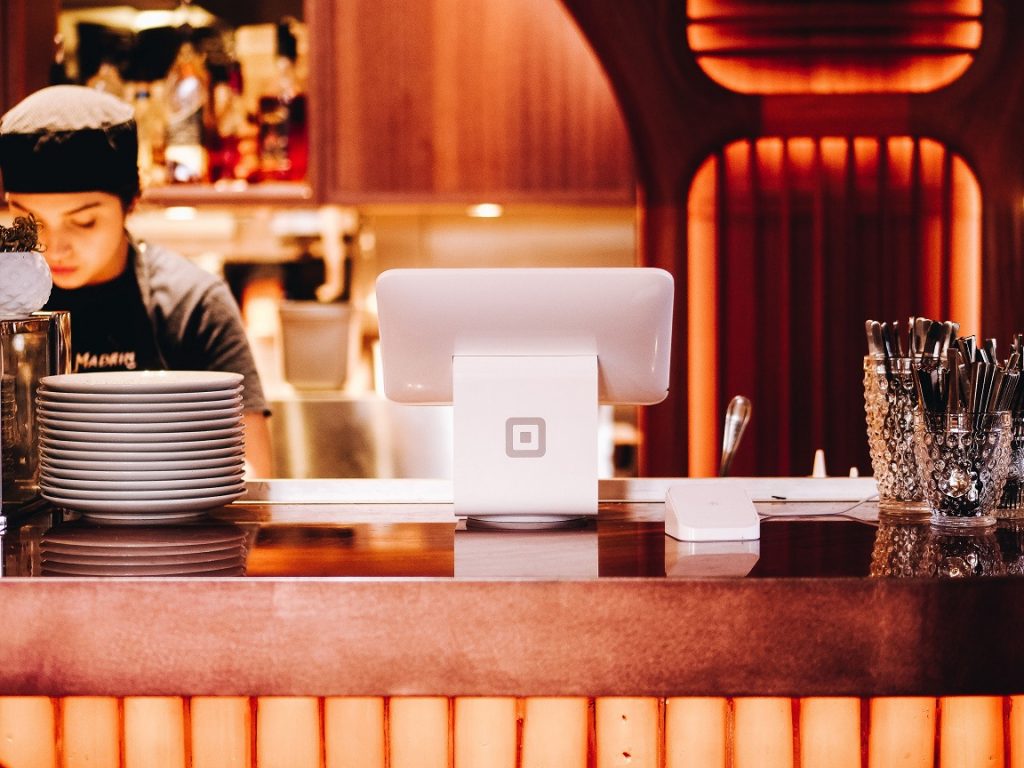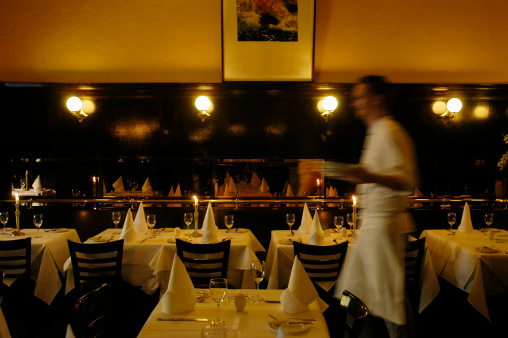Pan Asian Dining Islamabad: Savor Genuine Asian Recipes
Pan Asian Dining Islamabad: Savor Genuine Asian Recipes
Blog Article
Savor Authentic Asian Cuisine With a Pan-Asian Twist for a Cooking Journey
Beginning on a culinary journey through authentic Eastern cuisine, boosted with a Pan-Asian spin, provides an unique chance to discover the rich tapestry of flavors that define the region's varied culinary customs. This experience welcomes you to savor the charming balance of tastes-- sweet, salty, spicy, and sour-- integrated by aromatic herbs and seasonings. Envision the ingenious fusion of Thai curry and ramen or the unexpected pleasure of sushi burritos. As you contemplate these enticing dishes, take into consideration the social stories and historical influences that shape them, each bite using a tale waiting to be found.

Discovering Pan-Asian Flavors
In the world of worldwide gastronomy, Pan-Asian cuisine sticks out for its amazing diversity and the harmonious interaction of flavors from different Asian cultures. This culinary strategy commemorates the one-of-a-kind ingredients and rich practices located across the continent, creating a tapestry of tastes that is both interesting and rewarding. Trick to Pan-Asian food is its ability to balance contrasting tastes-- wonderful, salted, spicy, and sour-- while highlighting the quality and top quality of each component.
From the umami-rich soy sauce of Japan to the fiery chili peppers of Thailand, Pan-Asian cuisine uses an extensive scheme of flavors. These components are often combined in innovative ways, improving recipes with layers of complexity. For circumstances, using great smelling natural herbs such as lemongrass and cilantro, typical in Vietnamese and Thai cuisine, adds a revitalizing illumination to dishes, while the incorporation of coconut milk supplies a creamy, rich texture.
The emphasis on fresh produce and aromatic spices ensures that each dish is not just a feast for the taste buds however also for the senses. Pan-Asian cuisine invites restaurants to embark on a cooking trip, exploring the vast and differed landscapes of Asian gastronomy with every bite.
Combination Meals to Try
While Pan-Asian food is commemorated for its conventional tastes, the contemporary cooking landscape is progressively welcoming fusion dishes that mix these timeless aspects with impacts from other areas. This cutting-edge strategy not only honors the abundant heritage of Asian cookeries but additionally introduces novel preference experiences that appeal to modern palates.
A prime instance of such a blend dish is the Korean-Mexican taco, where seasoned bulgogi beef is wrapped in a cozy tortilla, topped with kimchi and a hot gochujang-infused salsa. This combination marries the vibrant, savory tastes of Korea with the vibrant, fresh elements of Mexican food. Similarly, sushi burritos have gotten popularity, amalgamating the delicate virtuosity of Japanese sushi with the hearty, hand-held comfort of a burrito, commonly featuring combination active ingredients like tempura shrimp and avocado with a drizzle of wasabi mayo.
Another noteworthy meal is Thai curry ramen, which instills the creamy, aromatic flavors of Thai curry into the reassuring brew of typical Japanese ramen, creating an unified mix that tantalizes the senses. These combination dishes expand past mere novelty; they stand for a culinary dialogue between societies, motivating exploration and technology worldwide of Pan-Asian cuisine.
Necessary Ingredients and Spices
To really appreciate Pan-Asian cuisine, one must understand the crucial ingredients and spices that form its foundation. This diverse cooking design attracts from a rich tapestry of Asian practices, using an unified blend of flavors and textures.
Fragrant aspects are critical, with ginger, garlic, and lemongrass being ubiquitous across numerous Pan-Asian recipes. These active ingredients provide a great smelling base that improves the complexity of tastes. Flavors such as star anise, cardamom, and cinnamon present warmth and personality, echoing influences from areas like China and India.

Cooking Strategies and Tips
Grasping the art of Pan-Asian cuisine needs knowledge with its unique cooking techniques, each adding to the lively tapestry of tastes this culinary practice is celebrated for. Central to these techniques is the stir-fry, a fast food preparation method that maintains the dietary honesty and vivid shades of active ingredients. Using a frying pan, the stir-fry approach permits also warmth distribution, important for accomplishing the particular appearance and flavor balance of Pan-Asian meals.
One more essential technique is steaming, specifically prevalent in Chinese food. This mild approach keeps the natural flavors and nutrients of ingredients, making it optimal for fish and shellfish and vegetables. Dumplings, a beloved staple, typically gain from steaming, leading to soft, succulent structures.
Barbecuing, also essential, passes on smoky depths to dishes such as Korean bulgogi or Japanese yakitori (Chinese food Islamabad). This method usually entails marinading ingredients, permitting tastes to penetrate deeply prior to cooking over an open fire or warm plate
Finally, grasping the art of balancing tastes-- wonderful, sour, salty, bitter, and umami-- is important. Correctly layering these elements can boost a dish from regular to extraordinary, supplying a complicated and satisfying cooking experience that symbolizes the essence of Pan-Asian food.
Dining Experiences Worldwide
Throughout the globe, Pan-Asian food uses an exceptional dining experience, commemorated for its abundant tapestry of tastes and vibrant presentations. This culinary sensation has gone beyond cultural boundaries, recording the hearts and tastes buds of food enthusiasts worldwide. In worldwide cities fresh York, London, and Sydney, Pan-Asian dining establishments function as fusions where cooking customs from Thailand, Japan, China, and beyond converge, supplying restaurants with an eclectic mix of dishes that highlight the region's variety.
The international charm of Pan-Asian cuisine depends on its capacity to supply both authenticity and innovation. Chefs skillfully marry standard ingredients such as lemongrass, soy sauce, and miso with contemporary methods, leading to recipes that are both refreshingly brand-new and acquainted. This blend permits restaurants to start a cooking trip that values heritage while welcoming modernity.
Furthermore, eating experiences are boosted via attentively created settings that find more information reflect the ethos of Pan-Asian visual appeals. From minimal Japanese-inspired insides to lively Thai-themed spaces, each dining establishment supplies an one-of-a-kind setting that complements the culinary offerings. Therefore, clients are not just taking in a dish yet partaking in a social experience, making Pan-Asian dining a really international sensation.
Final Thought
The exploration of Pan-Asian food supplies an extensive understanding of the intricate interplay of tastes and culinary traditions across Asia. By accepting fusion recipes such as Thai curry ramen and sushi burritos, the cooking journey not just highlights the flexibility of typical components however likewise showcases ingenious modern-day techniques. This gastronomic adventure, enriched by cooking techniques and vital spices, provides an one-of-a-kind possibility to value the multiculturalism and cooking creativity that specify Pan-Asian cuisine on a global range.
Beginning on a culinary trip through genuine Oriental cuisine, improved with a Pan-Asian spin, provides a distinct possibility to explore the abundant tapestry of flavors that define the area's diverse cooking traditions.In the realm of global gastronomy, Pan-Asian food stands out for its exceptional diversity and the harmonious interaction of flavors from numerous Eastern cultures. Key to Pan-Asian food is its ability to stabilize different tastes-- wonderful, salted, spicy, and sour-- while highlighting the quality and quality of each active ingredient.

Report this page